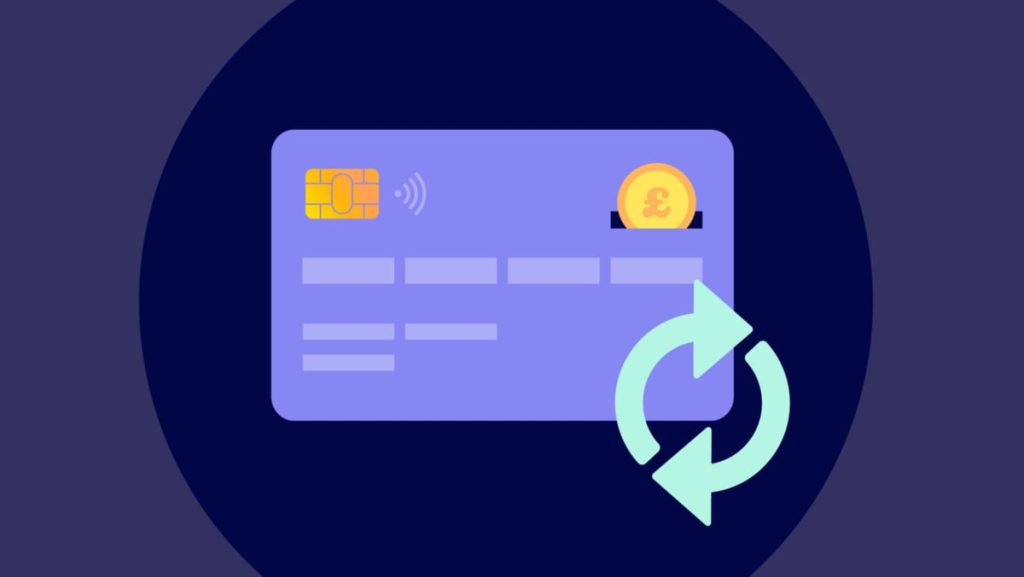Chargebacks are a common problem for businesses, often leading to revenue loss and operational difficulties. Effective management and prevention of chargebacks are essential to maintaining profitability. This guide breaks down the causes of chargebacks, their impact, and strategies to prevent and manage them.
What Are Chargebacks?
A chargeback occurs when a customer disputes a transaction through their bank or card issuer and seeks a refund. Unlike a typical refund request, chargebacks bypass the merchant entirely and involve the customer’s financial institution. Originally designed to protect consumers from fraudulent charges, chargebacks today are initiated for various reasons, including fraud, merchant errors, and “friendly fraud.”
Key Causes of Chargebacks
Chargebacks occur for several reasons:
- Fraudulent transactions: Criminals use stolen card information to make purchases.
- Merchant errors: These include inaccurate product descriptions, billing errors, or shipment mistakes.
- Friendly fraud: Customers dispute legitimate charges, either intentionally or out of confusion.
- Subscription billing issues: Common with businesses offering recurring payments when customers forget about subscriptions or misunderstand the terms.
A breakdown of chargeback causes:
| Cause | Percentage |
|---|---|
| Fraudulent transactions | 30% |
| Merchant errors | 22% |
| Friendly fraud | 48% |
Impact of Chargebacks
Chargebacks carry financial and reputational costs. For every chargeback, merchants lose the sale and pay additional fees. These fees typically range from $20 to $100 per chargeback, depending on the payment processor.
Merchants with a high chargeback ratio—generally over 1%—risk being flagged as “high-risk” by payment processors like Visa and Mastercard. This can lead to increased processing fees, fines, and even the suspension of the merchant account. Monitoring the chargeback ratio is critical:
| Chargeback Ratio (%) | Processor Action |
|---|---|
| 0.5% – 1% | Minimal scrutiny |
| 1% – 1.5% | Higher fees |
| Over 1.5% | Risk of account closure |
Financial Costs
- Chargeback fees: Processors charge fees per chargeback.
- Revenue loss: The transaction value is lost, including shipping and handling.
- Operational burden: Managing chargebacks requires time and resources, which can detract from other business activities.
Operational Impact
- Customer service strain: Increased disputes lead to higher demands on your service team.
- Processor relationships: Repeated chargebacks harm relationships with processors, leading to higher fees or account termination.
- Brand damage: A high chargeback rate signals unreliability to customers, damaging your brand’s reputation.

Preventing Chargebacks
Accurate Product Descriptions
Ensure product descriptions and images match what you’re selling. Misleading descriptions lead to customer dissatisfaction and disputes. Providing clear and accurate information reduces the likelihood of chargebacks from unhappy customers.
Clear Business Policies
Refund, shipping, and cancellation policies should be visible and easy to understand. Ambiguous policies increase confusion and disputes. By outlining your policies clearly, customers are less likely to resort to chargebacks when they know their options upfront.
Fraud Prevention
Implement tools such as CVV verification, address verification services (AVS), and two-factor authentication. Fraud detection tools, such as 3D Secure, reduce fraud-related chargebacks by up to 70%.
| Fraud Prevention Tool | Effectiveness (%) |
|---|---|
| 3D Secure | 70% |
| Address Verification (AVS) | 40% |
| Two-Factor Authentication | 60% |
Clear Billing Descriptors
Customers often dispute charges they don’t recognize. Ensure the business name on their credit card statements matches your online store. Confusing billing descriptors are a leading cause of chargebacks, particularly for subscription-based businesses.
Customer Service and Communication
Responding quickly to customer inquiries and resolving issues directly helps avoid disputes. Providing clear communication on order status and delivery also helps reduce misunderstandings that could lead to chargebacks.
Handling Chargebacks: A Step-by-Step Process
Despite preventive measures, chargebacks are inevitable. Managing them efficiently can limit their impact.
- Keep Detailed Records: Store all transaction details, including order confirmations, receipts, shipping tracking, and customer communications. These records are critical for disputing chargebacks.
- Submit Disputes: If a chargeback is invalid, submit a dispute with your payment processor. Include all relevant evidence, such as proof of delivery and customer communications.
- Work with Processors: Some processors provide tools to simplify chargeback management. Platforms like Stripe, Checkout.com, and Braintree offer integrated solutions that track disputes, deadlines, and resolutions.
| Required Documentation | Purpose |
|---|---|
| Transaction details (receipts) | Evidence for dispute |
| Proof of delivery | Verify customer received goods |
| Customer communication records | Proof of attempts to resolve |
Fighting Friendly Fraud
Friendly fraud, where a customer disputes a legitimate charge, is increasing. By 2025, 75% of all chargebacks will likely result from friendly fraud.
Steps to Fight Friendly Fraud
- Collect Evidence: Gather documents that demonstrate the legitimacy of the transaction. This includes transaction receipts, delivery confirmations, and customer interactions.
- Challenge Through Representment: Representment involves resubmitting the transaction for review by the card issuer, along with supporting evidence.
- Meet Deadlines: Timing is crucial when disputing a chargeback. Missing deadlines can result in automatic loss of the dispute.
| Fraud Type | Percentage of Chargebacks |
|---|---|
| Criminal fraud | 25% |
| Friendly fraud | 75% |

Collaboration with Trusted Partners
When managing a high volume of chargebacks, partnering with a third-party provider can help. Merchanto.org is an official partner of Visa and Mastercard in the chargeback prevention sector. Their services streamline the dispute process and help reduce chargeback ratios. Learn more at Merchanto.org.
Metrics for Chargeback Management
To ensure efficient chargeback management, businesses must track key metrics, including:
- Chargeback ratio: The ratio of chargebacks to total transactions. Keeping this below 1% is critical to avoid penalties.
- Net win rate: The percentage of disputed chargebacks that are resolved in the merchant’s favor.
- Chargeback fees: The total fees incurred due to chargebacks.
Chargeback Ratio
Keeping the chargeback ratio below 1% is a standard set by most processors, including Visa and Mastercard. Exceeding this can result in fines and account suspension.
| Chargeback Ratio (%) | Risk Level |
|---|---|
| Under 1% | Acceptable |
| 1% – 1.5% | Increased fees and scrutiny |
| Over 1.5% | Risk of account closure |
Win Rate and Fees
The net win rate shows how often you successfully challenge chargebacks. A win rate above 50% is generally considered strong. Tracking fees helps understand the financial impact of chargebacks.
Conclusion
Chargebacks are a significant challenge, but with the right prevention and management strategies, businesses can minimize their impact. By using fraud detection tools, maintaining clear communication, and submitting disputes effectively, merchants can lower their chargeback ratios and avoid penalties from payment processors.



